Cacti and Succulents Identification- Please Help Me!
plantomaniac
17 years ago
Related Stories

GARDENING GUIDES10 Creative Ideas for Cactus and Succulent Gardens
Arrange cactuses and succulents amid salvaged treasures, against a vibrant painted wall or in terraced beds
Full Story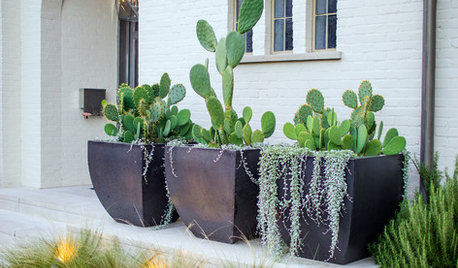
CONTAINER GARDENSCactus and Succulent Containers Are Ideal for Hot, Sunny Spots
Bring on the sun with these heat-loving succulent container gardens
Full Story
SUMMER GARDENINGHouzz Call: Please Show Us Your Summer Garden!
Share pictures of your home and yard this summer — we’d love to feature them in an upcoming story
Full Story
GARDENING GUIDESGreat Design Plant: Snowberry Pleases Year-Round
Bright spring foliage, pretty summer flowers, white berries in winter ... Symphoricarpos albus is a sight to behold in every season
Full Story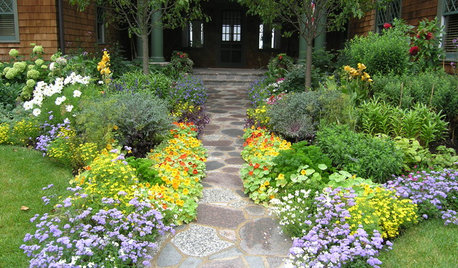
GARDENING GUIDESPathway Plantings That Please the Senses
Add some color, life and intrigue beside your sidewalk with these 7 suggestions
Full Story
ORGANIZINGHelp for Whittling Down the Photo Pile
Consider these 6 points your personal pare-down assistant, making organizing your photo collection easier
Full Story
MOVINGRelocating Help: 8 Tips for a Happier Long-Distance Move
Trash bags, houseplants and a good cry all have their role when it comes to this major life change
Full Story
HOUZZ TOURSMy Houzz: Saturated Colors Help a 1920s Fixer-Upper Flourish
Bright paint and cheerful patterns give this Spanish-style Los Angeles home a thriving new personality
Full Story
CONTAINER GARDENS3 Steps to Creating Quick, Easy and Colorful Succulent Containers
Take a bright container, add a colorful succulent or two and have a professional, summery design in minutes
Full Story



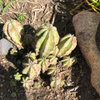
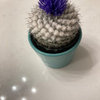
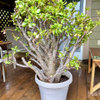
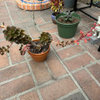
gabro14
mrbrownthumb
Related Discussions
Help with cacti/succulents identification
Q
Need help for identification of my plants including cacti n succulent
Q
Cacti/Succulent Tips, Identification, etc.
Q
Succulent/Cacti ID please help! pt 4
Q
plantomaniacOriginal Author
plantomaniacOriginal Author
gabro14
plantomaniacOriginal Author
gabro14
plantomaniacOriginal Author
User
plantomaniacOriginal Author
mrbrownthumb
shrubs_n_bulbs
plantomaniacOriginal Author
shrubs_n_bulbs
norma_2006
mfyss
plantomaniacOriginal Author
tjicken
rjm710
tjicken